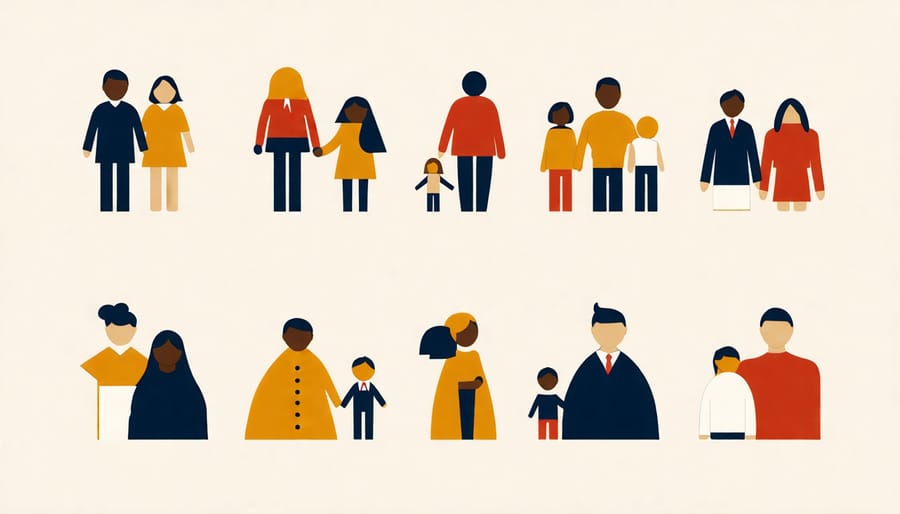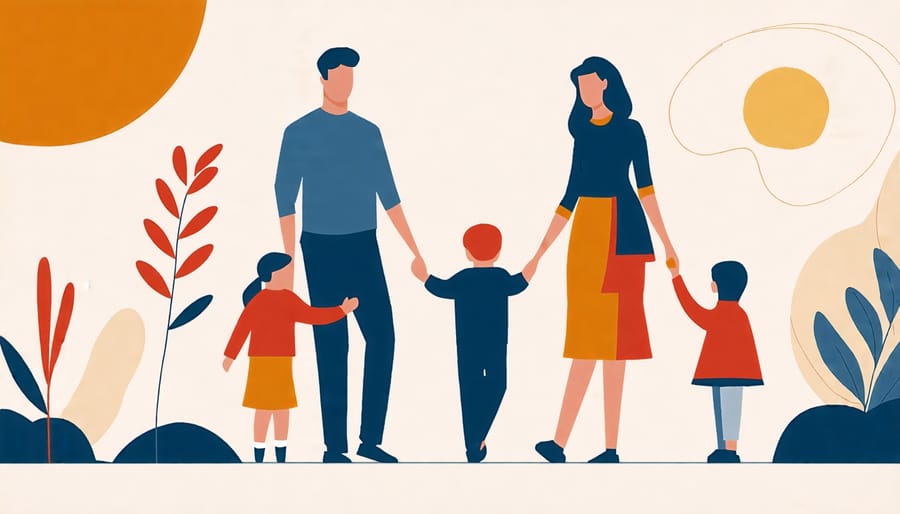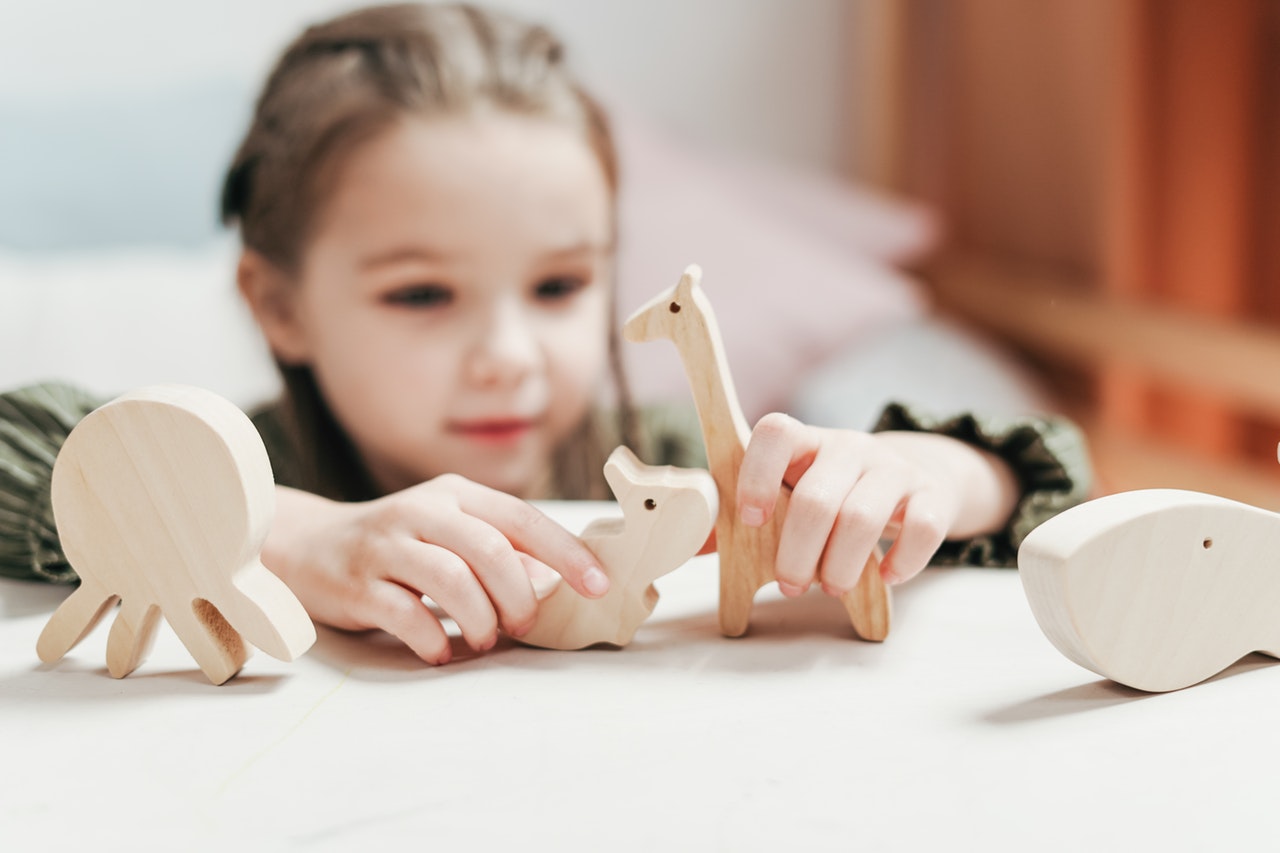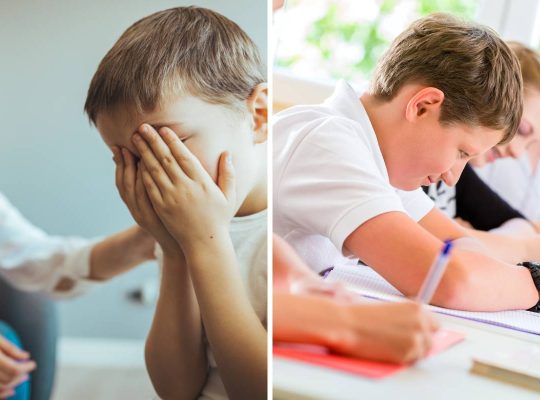Recognize the pivotal role emotional support plays; listen actively, validate feelings, and create a safe space for children to express themselves freely. Establish consistent boundaries and routines; children thrive on predictability, fostering a sense of security that aids mental stability. Collaborate with teachers and healthcare professionals to understand unique challenges, ensuring a holistic approach to support the child’s psychological needs. Encourage open dialogue about mental health within the family, reducing stigma and empowering children to seek help without fear.
Defining Family Dynamics
Factors Influencing Family Dynamics
Family dynamics are shaped by relationships, roles, and communication within the household. The way family members interact can profoundly influence children’s mental health. A supportive relationship fosters trust and security, emphasizing love and understanding. This nurturing environment helps children build resilience and emotional well-being. Meanwhile, defined family roles offer structure and expectations, like how parents often model behaviors and values that children learn to emulate.
Effective communication acts as a cornerstone in this dynamic, promoting open discussions where family members feel heard and valued. It’s about more than just talking—it’s about listening and understanding each other’s perspectives. When communication flows constructively, it can diffuse conflicts and strengthen bonds. By focusing on cultivating these positive dynamics, families can create an atmosphere where children thrive emotionally and developmentally.
Types of Family Dynamics
Family dynamics can vary widely, shaping a child’s environment and mental health. Common family structures include nuclear families, which consist of two parents and their children, and extended families, where multiple generations live together or maintain close ties. These dynamics play a crucial role in providing emotional support, establishing communication patterns, and setting expectations for behavior. For instance, in nuclear families, relationships might be more linear and predictable, while extended families can introduce diverse influences and caregiving styles. Blended families, formed through step-parenting, bring their own unique challenges and opportunities for growth, requiring extra empathy and understanding. No matter the structure, fostering positive dynamics, like open communication and supportive relationships, is essential in nurturing a child’s well-being and emotional resilience.

Impact of Family Dynamics on Children’s Mental Health
Positive Dynamics
Positive family dynamics greatly contribute to children’s mental health by fostering an environment where they feel safe, loved, and respected. Some examples of these dynamics include open communication, emotional support, and shared activities. Open communication means family members are encouraged to express their thoughts and feelings without fear of judgment. This openness helps children develop strong emotional intelligence and reduces anxiety by ensuring they feel heard and understood.
Emotional support is another crucial aspect of positive dynamics. When children know they can rely on their family in tough times, they build resilience, which is essential for their mental well-being. Family members who offer support teach children that it’s okay to seek help and that they’re never alone.
Engaging in regular shared activities, like family dinners or weekend outings, can also strengthen ties. These moments create lasting memories and give children a sense of belonging, reinforcing their self-esteem and happiness. Overall, fostering positive family dynamics not only nurtures the mental health of children but also builds a strong foundation for them to develop healthy, fulfilling relationships in the future.
Challenging Dynamics
Negative family dynamics can create challenging environments that impact mental health, particularly for children. When communication breaks down, conflicts are frequent, or when there’s emotional neglect, children may start feeling isolated or stressed. For example, a child constantly caught in the middle of parental arguments may develop anxiety, fearing the loss of family stability. Another scenario might involve siblings who experience favouritism, leading to feelings of inadequacy and low self-esteem.
These dynamics can shape how a child views themselves and the world around them. An engaging story of Emma, a bright 10-year-old, illustrates this well. Emma often felt overshadowed by her brother, who excelled academically. Gradually, she began to withdraw, believing she could never measure up. Experts suggest that such dynamics, left unchecked, can increase the risk of depression and anxiety disorders as children grow.
Addressing these challenges requires concerted efforts to enhance communication and emotional support within families. By fostering a nurturing environment, parents, teachers, and healthcare professionals can help children develop resilience and a sense of belonging, essential for healthy mental growth.
Strategies for Nurturing Healthy Family Dynamics

Communication Techniques
Improving family communication is essential for fostering a supportive and understanding environment that positively impacts children’s mental health. Start by dedicating time each week for family meetings. This allows everyone to voice their thoughts and feelings in a safe space, promoting openness and trust. Practice active listening by giving full attention, asking clarifying questions, and reflecting back what you hear to show you value their perspective. Reassuring words and empathetic language can create an atmosphere where children feel heard and respected.
Encourage everyone to express emotions freely using “I” statements, which help convey feelings without placing blame. This can significantly reduce conflicts and miscommunications. Empathy goes a long way—try standing in each other’s shoes to understand different viewpoints better. Incorporating fun activities like games or story-sharing can also improve bonding and open lines of communication. For more strategies to support your child, explore how to nurture mental well-being. Remember, consistent, compassionate communication is key to enhancing family dynamics.

Role Modeling and Support
In a family, role modeling and providing emotional support are fundamental dynamics that foster a nurturing environment. Parents and guardians often serve as the primary role models, demonstrating behaviors, values, and attitudes that children absorb and emulate. For instance, a mother who consistently shows kindness and patience can unknowingly encourage her child to adopt similar traits. Beyond actions, words matter tremendously. Practice attentive listening and compassionate communication to convey understanding and empathy, which reinforces trust and security.
Emotional support plays an equally vital role. A supportive family environment, where members feel heard and valued, is crucial for children’s mental and emotional well-being. By celebrating achievements and gently navigating disappointments together, families can strengthen their bonds. Sharing personal stories within the family can be especially impactful, as they offer comfort and a sense of belonging. While obstacles are a natural part of life, having a reliable support system makes navigating these challenges less daunting and contributes to a child’s resilience and self-esteem.
Incorporating Positive Activities
Building a strong family dynamic is a rewarding journey, and engaging in positive activities together can greatly contribute to it. Simple yet meaningful actions like cooking a meal as a family invite collaboration and communication, making the kitchen a hub of warmth and togetherness. Establishing a routine family game night can provide a relaxed environment where laughter flows freely, nudging stress to the backseat. For those with access to the outdoors, planning a weekend hike offers a chance to connect with nature while supporting physical health. Importantly, such activities not only foster bonding but also create cherished memories that can bolster resilience in challenging times.
Expert Opinions and Personal Stories
Understanding the nuances of family dynamics and their impact on children’s mental health can be enlightening. Mental health professionals stress the importance of open communication and emotional support within families. Dr. Jane Roberts, a child psychologist, notes that “creating an environment where children feel heard and valued is crucial.” She advises parents to engage actively in their children’s lives, ensuring that emotional well-being is prioritized.
From a personal perspective, Sarah Thompson shares her experiences navigating family challenges after her son was diagnosed with anxiety. She emphasizes that finding effective ways to communicate his needs changed their family dynamic dramatically. “We learned the importance of patience and understanding,” Sarah explains. “By focusing on empathy, we were able to create a more supportive environment.”
Families are not alone in their journey. There’s a growing emphasis on the role of community support as a significant resource. For instance, local groups and online forums provide a platform for parents to exchange experiences and advice, fostering a sense of connection and reassurance.
Ultimately, blending expert advice with real-life stories gives a comprehensive view of how family dynamics affect child mental health. It encourages a shift towards a more understanding, empathetic, and proactive approach in nurturing children’s emotional resilience.
Conclusion
In conclusion, exploring the role of family dynamics in a child’s mental health journey highlights how vital supportive environments are for fostering resilience and well-being. Whether through nurturing communication, shared activities, or setting healthy boundaries, the patterns we create within our families can significantly shape children’s emotional and psychological development. As you consider these insights, take a moment to reflect on your family dynamics. Are there areas where you can introduce more open discussions or perhaps prioritize quality time together? Remember, even small changes can have a profound impact. By valuing and understanding the intricate balance of family interactions, each of us—whether as a parent, teacher, or healthcare professional—can contribute to nurturing healthier, happier children. Embrace the opportunity to grow and adapt, knowing that every effort counts in supporting the mental health and happiness of the young ones in our care. Your dedication makes all the difference in creating a more compassionate and understanding world for our children.







